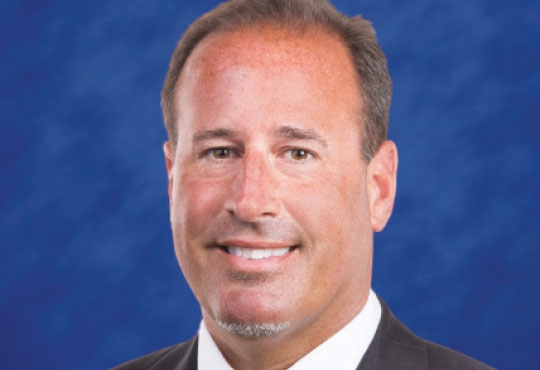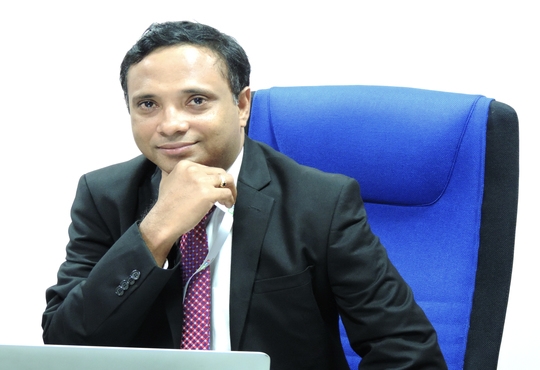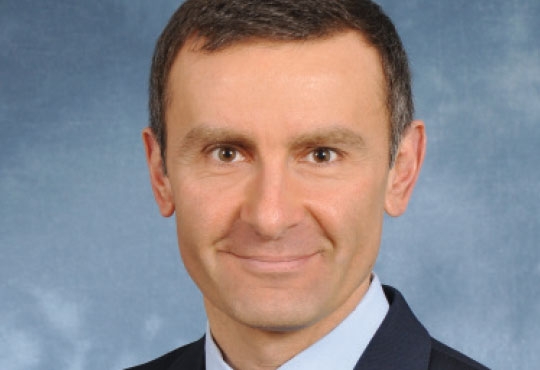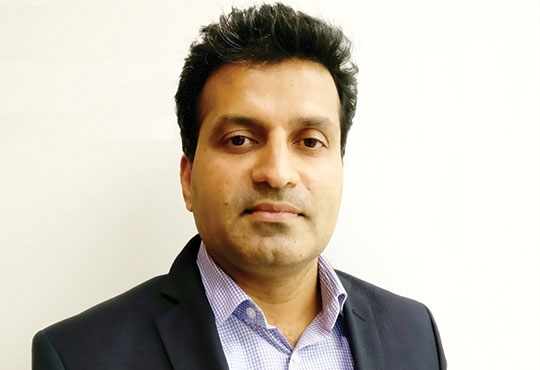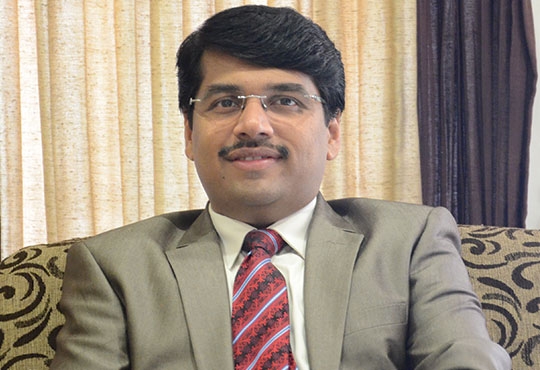
How much does one hour of downtime cost your business?
Srinivasan CR, Senior Vice President, Global Product Management & Data Centre Services, Tata Communications | Friday, 27 January 2017, 08:23 IST
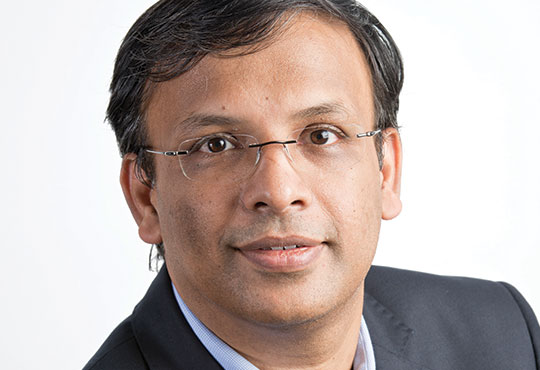 “100 percent of my revenues come from my IT infrastructure. If our servers aren’t available, making applications and data inaccessible, my business exists only on paper.”
“100 percent of my revenues come from my IT infrastructure. If our servers aren’t available, making applications and data inaccessible, my business exists only on paper.”
I was attending a conference recently when the CIO of a major online dating service gave me a sobering reminder of the crucial role that his IT infrastructure plays in his business. In his case, the infrastructure is his business. If due to a cloud service or network outage his customers were unable to access the site, his business would practically seize to exist.
An online dating service is an extreme example of a business that relies on a digital infrastructure for revenues – but in fact almost all businesses today across industries have an online presence and require a range of different cloud and Internet-powered enterprise applications to collaborate and communicate both internally and with their customers. To put this into perspective: imagine global Software as a Service (SaaS) providers, who offer services like Enterprise Resource Planning (ERP), workflow systems and other applications in the cloud. They are the backbone for multiple enterprises globally. For companies like these, even 15 minutes of downtime due to a natural disaster, human error or power outage could lead to a domino effect, resulting in non-availability of services, huge disruption to their customers and eventually millions in compensation claims.
Therefore in today’s digital economy, a company’s ability to recover from these events has become critical. It’s been estimated that just one hour of infrastructure failure costs a Fortune 1000 company $100,000 – which balloons to $1 million if a business-critical application suffers an outage.
The Price Of Non-Conformance, or PONC for short, can be massive if a network or application fails to respond even for just a matter of seconds. In online retail, for example, a slow or unresponsive page can easily lead to basket abandonment by millions of shoppers. PONC also extends beyond the actual downtime, as restoring systems from an outage can take several days, resulting in lost productivity as IT teams try desperately to recover any data lost during the outage.
Despite businesses’ increasing dependence on reliable, superfast networks and 24/7 access to applications and data in the cloud, it’s surprising to see that the lynchpin of some organizations’ disaster recovery (DR) strategy still seems to be to cross their fingers and hope for the best. Many have focused their IT budgets and resources on their primary data centre, cloud infrastructure and network so that they are set up as effectively, reliably and securely as possible, and ensuring regulatory compliance and withstanding scrutiny by auditors. Their secondary site might or might not be built to the same standards. Their data might be housed in a cloud service provider’s facility in a different geography and connectivity to that site might suffer from latency, resulting in poor application performance and a slow user experience. It’s not until something goes wrong and the weaknesses of the secondary infrastructure are inevitably exposed, when many organizations realize how crippling the lack of a watertight DR set-up can be for the business both operationally and financially.
In today’s world where data is the new currency, organizations need to be certain that their infrastructure will never let them down.
CIO Viewpoint
Smart Enterprise Building systems of engagement...
By Mandar Marulkar, Chief Information Officer, KPIT Technologies
By Darren Ghanayem, SVP & CIO, WellCare Health Plans
The Business is Evolving and EA should too!
By Alfred Goxhaj, CIO, Endurance [NYSE: ENH]
CXO Insights
SBL: Delivering Knowledge - Intensive Smart...
By CIOReview Team
The Architect - Guiding Principles
By Leo Barella, VP & Chief Enterprise Architect, AstraZeneca
Mobile Operators Need a Scalable Cost-Effective...



